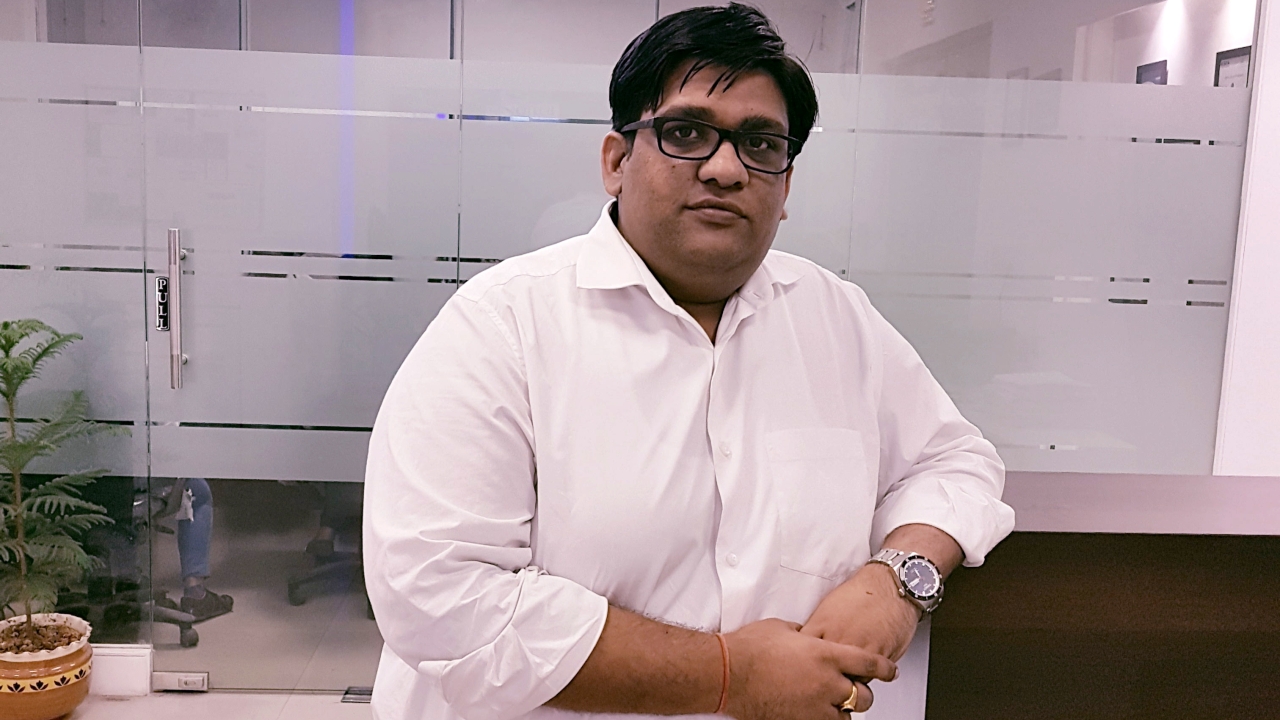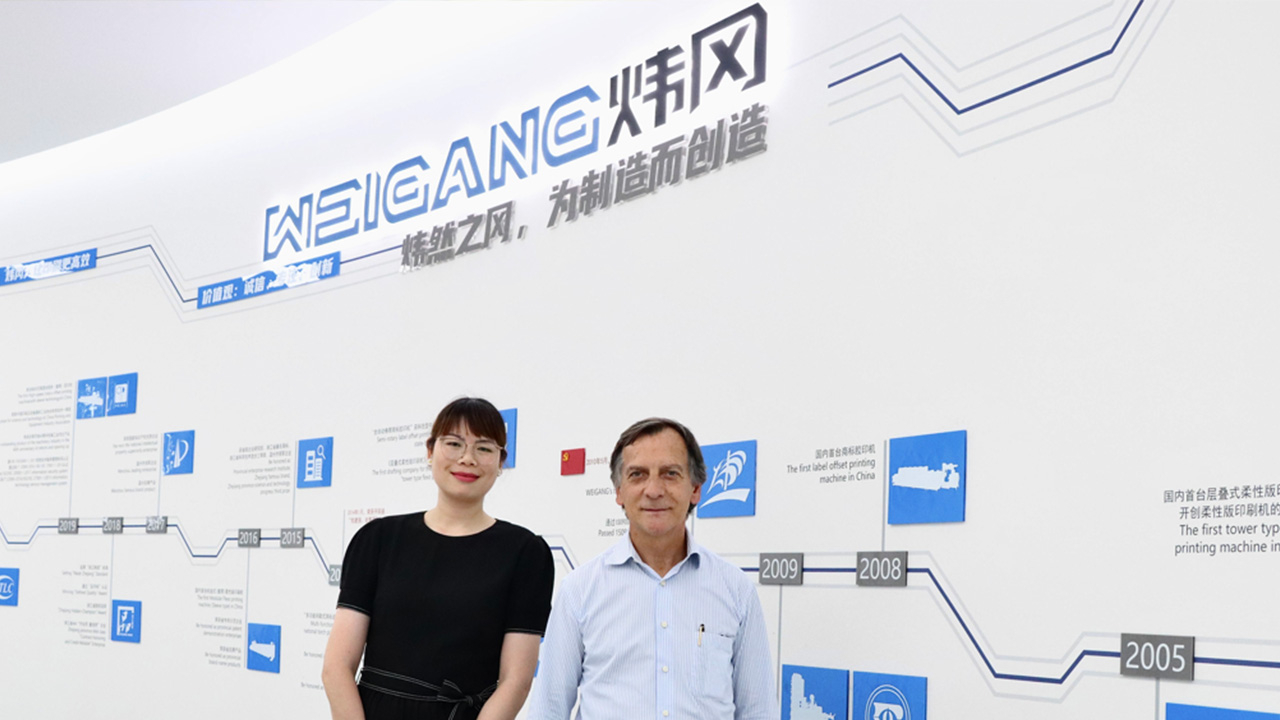Young Managers – Jimit Mittal

Labels and packaging is the fastest growing segment globally. In India, due to deaccelerated growth in commercial offset printing over the last seven years, and a growth of 17 percent year-on-year in labels and packaging, many commercial printers have diversified or diverted focus to this industry.
It is critical that new printers understand that brand owners have set of goals and expectations from label printers. They primarily seek innovations and deliveries on product appeal, brand protection, cost competitiveness, and fastest turnaround to market. Label printers who deliver on these expectations of brand owners win the race and stay ahead of competition.
One of the key requirements to achieve success is skilled manpower, which has been a challenge in most parts of the country. Though there is potential and learning opportunities in this industry, most students divert to other mainstream professions after completing their education. This trend is, however, changing and I see increasing interest of young talent in the Indian graphic arts industry at large.
This, coupled with growth, has resulted in the increase of the number of label businesses which has made the Indian market extremely competitive and has further led to higher expectations from brand owners.
The mantra is to be profitable through innovation, optimization in production workflows and value addition, while ensuring consistent quality, and adopting the right technology products.
The evolving technology, though, increases pressure on machine manufacturers and technology providers to consistently invest in research and development and provide printers the means to grow this industry and be profitable. It is a vicious cycle.
Emerging trend
The emerging trend in the Indian label industry is digital technology. Though digital systems in label printing and converting have been an integral part of the production process and workflow, in the last few years full color digital label printing has made its presence felt in the industry and is being widely accepted for short to medium run length jobs.
Digital printing accounts for around 16.5 percent of all printing products globally. Unlike western markets, adaptation of this technology has been slower than anticipated in India. However, label printers now understand the value addition it offers in existing workflow for different kind of jobs. Despite slow adoption of digital, it accounts for around 10 percent of label and packaging printed products and is expected to grow at 17 percent CAGR.
UV inkjet has the highest projected growth among digital label printing technologies for the next five years. According to survey reports, more than 50 percent of label converters will have digital printing capabilities in the next three years.
Full color UV inkjet is one of the most popular technologies used by many printers for its high quality and consistent output with wider color gamut and lower running costs. Most printers prefer hybrid installations where customers can add full color UV inkjet to their existing flexo presses. This keeps their investments low and gives them a lot of flexibility to achieve fast return on investment.
Digital is thus strengthening foothold with multiple installations in recent time. Conventional label printing machine manufacturers are also working towards making machines suitable for medium runs with minimum wastages and quick job changeovers. With automation kicking in and the long strides that flexo has taken in the last couple of years, the choice between the two technologies will soon be tough for label printers.
This piece was published in L&L issue 6, 2017
Stay up to date
Subscribe to the free Label News newsletter and receive the latest content every week. We'll never share your email address.

